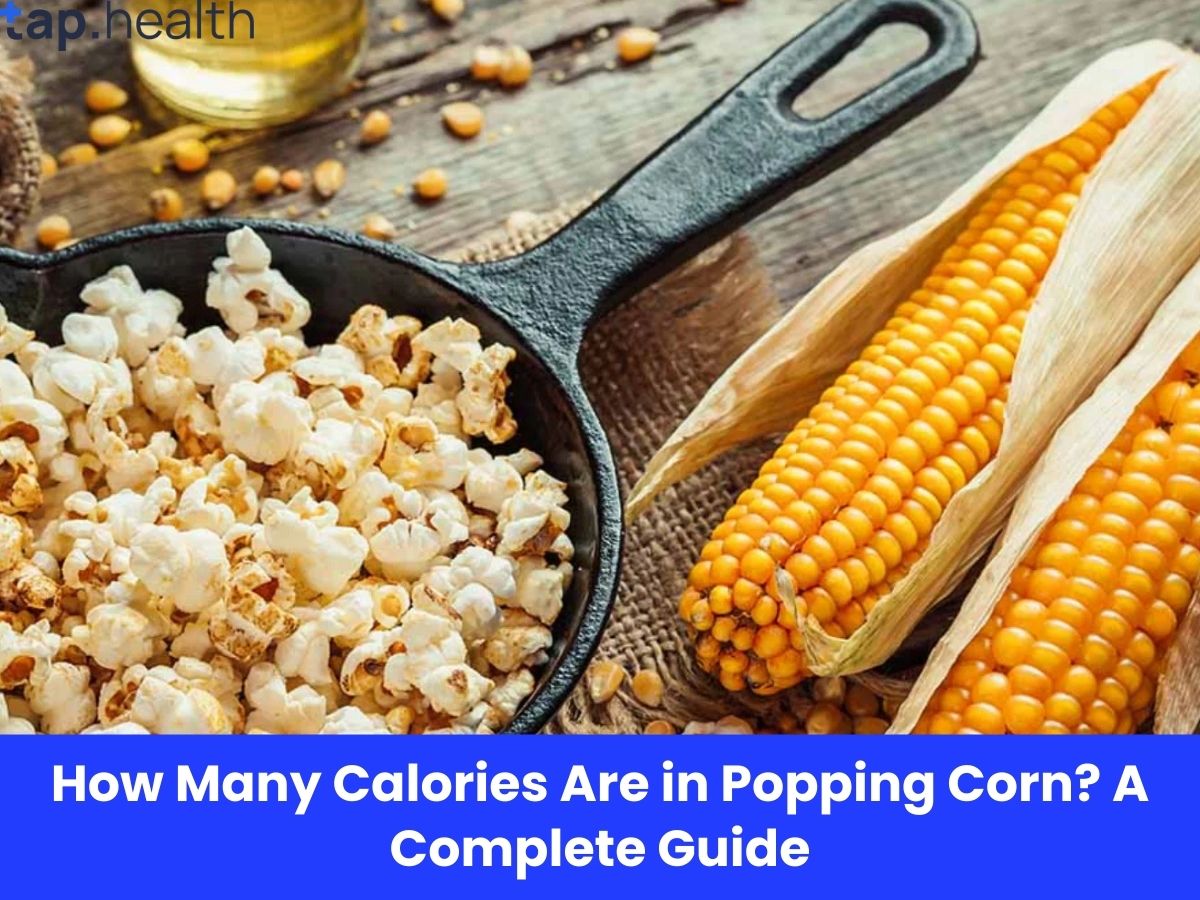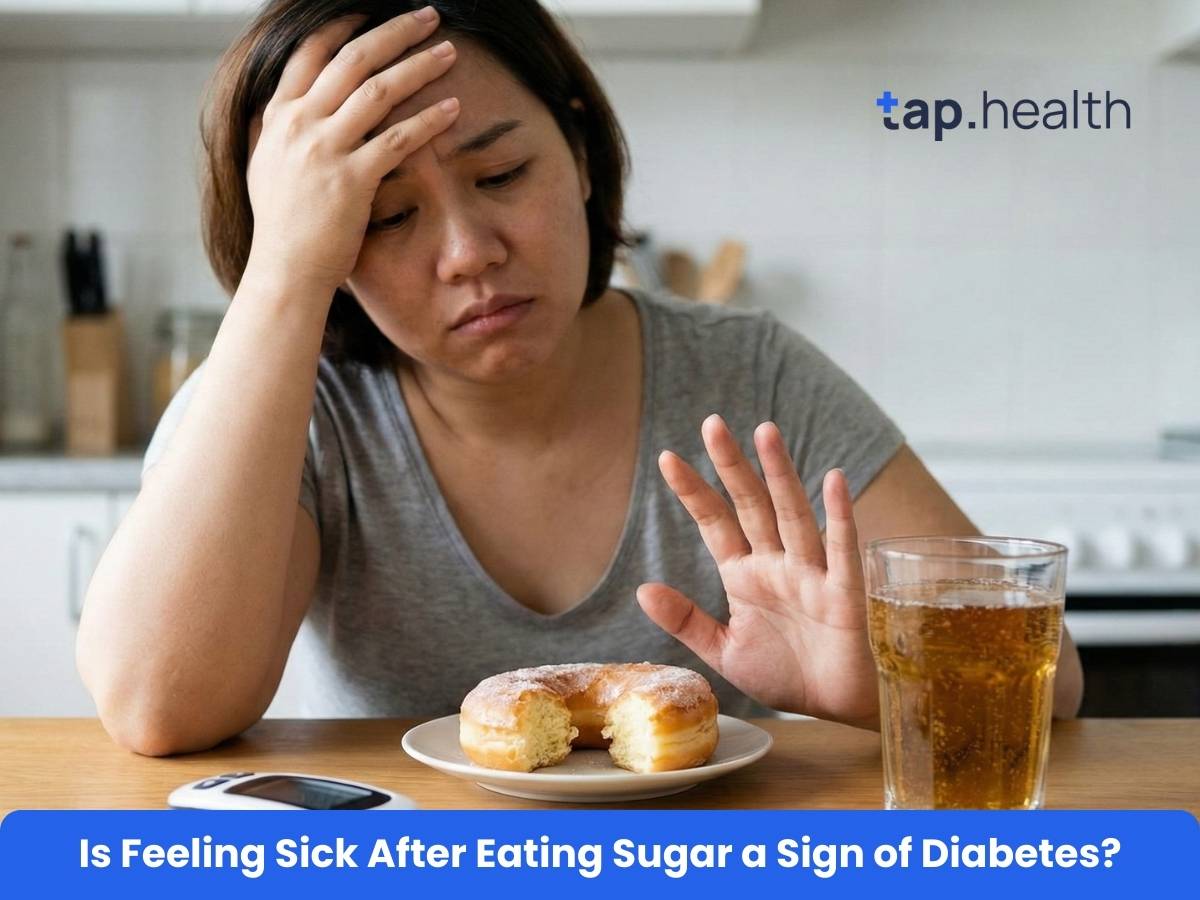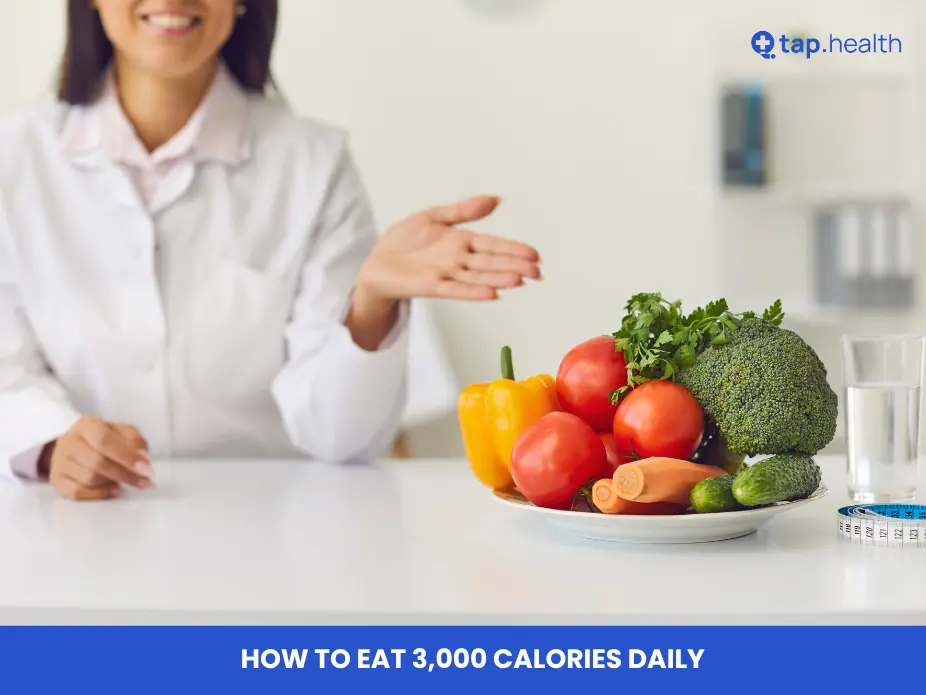Popcorn is one of the most beloved snacks worldwide, whether you’re enjoying it during a movie night, at the cinema, or as a healthy snack option. But when you’re trying to maintain a balanced diet, it’s essential to understand the nutritional content of the foods you consume, including popping corn. If you’re wondering how many calories are in popping corn, you’re not alone. This article will dive into everything you need to know about the calorie count, the nutritional value of popcorn, and how to enjoy it in a healthy way.
In this comprehensive guide, we will explore the calorie count of popping corn, including factors that affect its calorie content, and offer tips on how to enjoy popcorn in a healthier manner.
What Is Popping Corn?
Popping corn, also known as popcorn, is a whole grain that comes from a variety of corn kernel specifically cultivated for its ability to pop when heated. When you heat popcorn kernels, the moisture inside the kernel turns to steam, causing the kernel to expand and pop. The result is a light, fluffy snack that can be enjoyed plain or flavored with various seasonings.
Popcorn is often seen as a healthier snack when compared to other processed snacks, especially when it’s air-popped and not loaded with butter or oil. It is high in fiber, making it a great snack for weight management and digestive health.
Types of Popping Corn
There are different ways to prepare popcorn, each impacting the calorie content:
- Air-Popped Popcorn: This is the healthiest form of popcorn, as it’s made without oil or butter. Air-popped popcorn is low in calories and fat.
- Stovetop Popcorn: This version is made by popping kernels in a pot with oil. The calorie count increases with the amount of oil used.
- Microwave Popcorn: Many people opt for microwave popcorn, which can be more convenient but often comes with added butter and flavorings. These additives increase the calorie count.
- Movie Theater Popcorn: Popcorn served at movie theaters is typically popped in oil and then coated with butter and salt. This variety is much higher in calories due to the added fats.
Now that we know the types of popcorn, let’s explore how many calories you can expect from different preparations.
How Many Calories Are in Popping Corn?
The number of calories in popcorn can vary based on how it’s prepared. Let’s break down the calorie count for the different types of popping corn.
1. Air-Popped Popcorn
Air-popped popcorn is the healthiest and lowest-calorie option. When popped without any oil or butter, one cup of air-popped popcorn (approximately 8 grams) contains about:
- Calories: 30-35 calories
- Fat: 0 grams
- Carbohydrates: 6-7 grams
- Fiber: 1-2 grams
- Protein: 1 gram
Total Calories for 3 Cups (about 24 grams): 90-105 calories
Air-popped popcorn is low in calories and fat, making it a perfect snack for those who are mindful of their calorie intake.
2. Stovetop Popcorn (with oil)
When you pop popcorn on the stovetop with oil, the calorie count increases due to the added fat. On average, one cup of stovetop popcorn (made with oil) contains:
- Calories: 55-60 calories
- Fat: 3-4 grams
- Carbohydrates: 6-7 grams
- Fiber: 1-2 grams
- Protein: 1 gram
Total Calories for 3 Cups (about 24 grams): 165-180 calories
The calorie content of stovetop popcorn will vary depending on the amount of oil used. For example, using a tablespoon of oil instead of a teaspoon will increase the calorie count.
3. Microwave Popcorn
Microwave popcorn is convenient and comes in various flavors, such as buttered, salted, or even caramel. The calorie count varies significantly based on the brand and type. A typical serving of microwave popcorn (about 1 ounce or 28 grams) might contain:
- Calories: 100-150 calories (for a buttered or salted version)
- Fat: 5-10 grams (mostly from butter or oil)
- Carbohydrates: 12-15 grams
- Fiber: 2-3 grams
- Protein: 2-3 grams
Total Calories for 3 Cups (about 24 grams): 120-150 calories
While microwave popcorn is relatively easy to prepare, the added butter, salt, and artificial flavorings can increase the calorie count, making it a less healthy option compared to air-popped popcorn.
4. Movie Theater Popcorn
Popcorn at movie theaters is typically prepared with oil and topped with a generous amount of butter, which significantly increases its calorie content. A large serving (about 10 cups) of movie theater popcorn can contain:
- Calories: 700-1,200 calories (depending on the serving size and the amount of butter added)
- Fat: 40-50 grams
- Carbohydrates: 70-100 grams
- Fiber: 8-12 grams
- Protein: 10-12 grams
Total Calories for 1 Cup: 70-120 calories
Movie theater popcorn is highly calorie-dense due to the butter and oil, making it an indulgent treat that should be consumed in moderation if you’re watching your calorie intake.
Factors That Affect the Calorie Content of Popping Corn
Several factors can affect the calorie count of popping corn, depending on how it’s prepared and flavored. Let’s dive into these factors:
1. Type of Oil Used
The type of oil used to pop popcorn can influence its calorie content. For instance:
- Olive oil: A healthier option, but still calorie-dense (about 120 calories per tablespoon).
- Canola oil: A commonly used oil, with around 120 calories per tablespoon.
- Butter: If you use butter instead of oil, the calorie count will increase further. A tablespoon of butter adds about 100 calories.
Using less oil or butter will result in fewer calories, so portion control is key if you’re trying to keep the calorie count low.
2. Butter and Seasonings
Adding butter, sugar, salt, or other flavorings to your popcorn can increase the calorie content. For example, one tablespoon of butter adds about 100 calories, while a sprinkle of salt won’t add much, but flavored popcorns like caramel or cheese can significantly increase the calories.
Here’s a breakdown:
- Butter (1 tbsp): 100 calories
- Caramel coating (per 1 oz): 130-150 calories
- Cheese powder (per 1 oz): 150-200 calories
3. Portion Size
The amount of popcorn you consume will obviously affect the total calories. A small portion (1-2 cups) will contain fewer calories, while a large portion (like a bag or tub from the theater) can pack in hundreds of calories.
- 1 cup of air-popped popcorn: About 30-35 calories
- 1 cup of movie theater popcorn: About 70-120 calories
- 1 ounce of microwave popcorn: About 100-150 calories
Being mindful of portion sizes is essential to controlling the number of calories you consume from popcorn.
The Nutritional Breakdown of Popping Corn
Popcorn is more than just a low-calorie snack; it also provides several nutritional benefits, especially when it’s air-popped. Here’s a general breakdown of the nutrients you’ll find in a typical serving of air-popped popcorn (about 3 cups):
1. Calories:
Air-popped popcorn provides approximately 90-105 calories for 3 cups, making it a very low-calorie snack option.
2. Carbohydrates:
Popcorn is high in carbohydrates, which provide energy. A 3-cup serving contains about 18-21 grams of carbohydrates. This makes it a great snack for keeping your energy levels up.
3. Fiber:
One of the main health benefits of popcorn is its fiber content. A 3-cup serving of air-popped popcorn provides about 3 grams of fiber, which helps with digestion and satiety.
4. Fat:
Popcorn itself is naturally low in fat, but if you add butter, oil, or other toppings, the fat content will increase. A serving of air-popped popcorn has about 0 grams of fat, while oil-popped varieties can contain 3-5 grams of fat per serving.
5. Protein:
Popcorn provides a small amount of protein, with about 3 grams of protein per 3 cups of air-popped popcorn. This helps contribute to the snack’s overall satiety.
6. Vitamins and Minerals:
Popcorn contains small amounts of several important vitamins and minerals, including:
- Iron: Helps with oxygen transport in the blood.
- Magnesium: Supports muscle function and bone health.
- Phosphorus: Important for bone health.
While popcorn is not a major source of vitamins and minerals, it does provide some essential nutrients.
Healthier Ways to Enjoy Popping Corn
While popcorn can be a healthy snack, how you prepare it matters. Here are some tips on how to enjoy popcorn without going overboard on calories:
1. Air-Pop Your Popcorn
Using an air-popper is the healthiest way to prepare popcorn. It requires no oil, so you avoid the extra calories and fat associated with oil-popped or buttered popcorn.
2. Control Your Additives
Use minimal butter or oil when making your popcorn. A drizzle of olive oil or a sprinkle of your favorite seasoning can add flavor without excessive calories.
3. Add Healthy Toppings
Instead of butter, try adding some flavor with spices such as cinnamon, chili powder, or nutritional yeast. These options are low-calorie and can add a unique twist to your popcorn.
4. Watch Your Portion Size
While popcorn is low in calories, it’s easy to overeat if you’re not mindful. Stick to small portions (1-2 cups) to keep your snack under control.
Real-Life Scenario
Meet Anjali, a 34-year-old IT professional from Bangalore.
- The Problem: Anjali sits at her desk for 9 hours a day. Around 4:00 PM, she gets cravings. She used to order a plate of momos or eat biscuits from the office pantry. She was gaining weight and feeling sluggish.
- The Change: She bought a bag of plain popping corn kernels (costing just ₹40 for 500g). She started popping them at home in the morning with just a pinch of salt and turmeric. She packed it in a large tiffin box.
- The Result: Now, when she feels hungry, she munches on her homemade popcorn. It takes her 15 minutes to eat (because of the chewing), which satisfies her brain. She saves about 300 calories every day compared to her old biscuit habit.
Expert Contribution
Dr. R. Mehta, Senior Dietitian: “The biggest benefit of popcorn is the Satiety Index. Popcorn is full of air and fibre. It physically takes up space in your stomach. When you eat a biscuit, it dissolves instantly. When you eat popcorn, you have to chew, and the bulk signals your brain that you are full. For my diabetic patients, I recommend popcorn over rusks or white bread because it has a lower Glycaemic Index (GI) and doesn’t spike sugar as rapidly.”
Recommendations Grounded in Proven Research and Facts
If you want to include popcorn in your diet safely, follow these rules based on medical facts:
- Check the Sodium (Salt): High salt causes high blood pressure. Research shows that instant popcorn bags can have over 15% of your daily salt limit in one serving. Tip: Make it at home and control the salt.
- Avoid “Trans Fats”: Many movie theatre popcorns use hydrogenated oils (trans fats) to keep the popcorn crispy. These fats are linked to heart disease.
- Drink Water: Popcorn is high in fibre. Fibre needs water to move through your digestion. If you eat a lot of dry popcorn without water, you might feel bloated or constipated.
- Choking Hazard: Do not give popcorn to children under 4 years old. The unpopped kernels (“old maids”) can easily block their small windpipes.
How to Make “Healthy Masala Popcorn” at Home
You don’t need a fancy machine. Here is the Indian way to make it healthy:
- Take a heavy-bottomed pressure cooker (without the lid whistle).
- Add 1 teaspoon of Ghee or Coconut Oil.
- Add 1/2 teaspoon of Turmeric (Haldi) and a pinch of salt.
- Add 1/2 cup of Corn Kernels.
- Stir well so every kernel is yellow.
- Cover with the lid (remove the whistle/weight). Keep the flame medium-high.
- Shake the cooker every 30 seconds.
- Once the “pop-pop” sound slows down to once every 2 seconds, turn off the gas immediately.
Calories per serving: Approx 60 kcal. Taste: 10/10.
Frequently Asked Questions (FAQ) on How Many Calories Are in Popping Corn? A Complete Guide
1. How many calories are in a cup of air-popped popcorn?
One cup of air-popped popcorn typically contains about 30-35 calories.
2. Is popcorn a healthy snack?
Yes, popcorn can be a healthy snack, especially when it’s air-popped without excessive oil or butter. It’s high in fiber and low in calories, making it a great option for weight management and digestion.
3. How many calories are in microwave popcorn?
Microwave popcorn can range from 100-150 calories per ounce, depending on the brand and whether it’s flavored with butter or other additives.
4. How many calories are in movie theater popcorn?
A large serving of movie theater popcorn can contain between 700-1,200 calories, depending on the serving size and amount of butter added.
5. Can I make popcorn healthier?
Yes! You can make popcorn healthier by air-popping it, controlling the amount of oil and butter you use, and adding healthier toppings like spices or nutritional yeast.
In conclusion, the calorie count in popping corn can vary widely depending on the preparation method and portion size. Air-popped popcorn is the healthiest option, with as little as 30 calories per cup. By choosing the right preparation method and controlling portion sizes, popcorn can be a guilt-free snack that’s both satisfying and nutritious.
References & Scientific Data
1. USDA FoodData Central (United States Department of Agriculture)
- Topic: Official Calorie & Nutrient Data
- Relevance: This is the global standard for nutritional data. It confirms that air-popped popcorn contains roughly 31 calories per cup and oil-popped contains roughly 55 calories per cup.
- Source: USDA FoodData Central – Popcorn, Air-Popped
2. American Heart Association (AHA)
- Topic: Whole Grains & Heart Health
- Relevance: Validates the claim that popcorn is a 100% whole grain. The AHA lists popcorn as a healthy snack choice that provides essential fibre, which can lower the risk of heart disease and diabetes when prepared without excess salt/butter.
- Source: American Heart Association – Popcorn as a Whole Grain
3. Nutrition Journal (Study on Satiety)
- Topic: Satiety Index (Feeling Full)
- Relevance: A specific study (often cited as Nguyen et al.) compared popcorn to potato chips. It found that popcorn exerts a stronger effect on short-term satiety than potato chips, meaning people feel fuller faster and eat fewer calories overall.
- Source: Nutrition Journal – Popcorn vs. Potato Chips Satiety Study
4. University of Scranton (Research by Dr. Joe Vinson)
- Topic: Antioxidants (Polyphenols)
- Relevance: This famous study discovered that the hull (the hard shell) of popcorn contains high levels of polyphenols (antioxidants). In fact, it can have more antioxidants than some fruits because it is less diluted by water. This supports the “Health Benefits” section.
- Source: American Chemical Society – Popcorn contains more antioxidants than some



